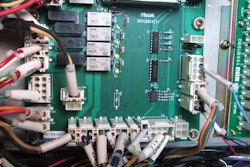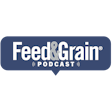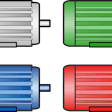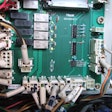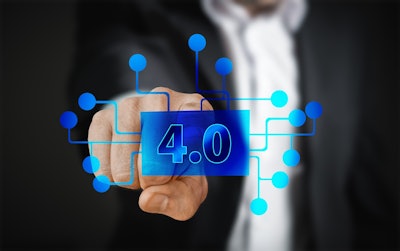
The feed and grain industries have remained on the cutting edge of process and manufacturing innovation over time, but never have so many tech advancements broken onto the scene as rapidly.
The latest tech advances have been spurred by the need to fill labor gaps, to enhance supply chain sustainability and transparency, and to increase the safety of the human and animal food it produces.
Here are the leading tech advances to make waves in the feed and grain industries in 2022:
1. Lights out
The concept oflights outmanufacturing utilizes fully automated technology for all production aspects, requiring little to no human intervention. While it’s far from commonplace, it has been implemented in a few instances around the world — most notably atFANUC, aJapanese robotics manufacturer.
In 2022, Huntsville, AL-basedAviagen, one of the world’s leading poultry breeding stock companies, built a lights out feed mill in Pikeville, Tennessee.
“If we operate literally with thelights outand no one present, it greatly reduces risk,” said Richard Obermeyer, director of feed production, Aviagen. "This plant is as close to lights out feed manufacturing as you can get in present times.”
Meanwhile, aCHS grain elevatorin Herman, Minnesota, is working on a system that will automatically weigh, probe trucks, grade grain and receive grain during the elevator’s off hours. Once fully functional, the entirely automated system will require no elevator staff to operate grain receiving.
2. Wearable safety gear
Wearable technology is becoming more commonplace in the consumer world, but its real value may be in the workplace.
Wearable digital PPE provider,MākuSafe®, uses a system of sensors to monitor employees' surroundings constantly as they work. It then informs the employee and manager if conditions become unsafe and creates a record about safety conditions in case of an accident.
Other examples of wearable safety include the use of temperature and humidity monitors to prevent heat illness, and heart rate monitors to help right-fit tasks for individuals to prevent over-exertion.
3. Blockchain
Blockchain is the technology behind a multitude of ag commodity trading platforms today, likeCovantis,BushelandTraceHarvest.
Blockchain, most commonly used as an un-editable, tamper-proof ledger, collects transaction data and can track the full lifecycle of agricultural products starting at the seed source to crop production through harvesting, processing, and finally to distribution logistics.
Providing a greater level of supply chain transparency, blockchain solutions can be leveraged for other impactful use cases, such as carbon offset crediting and food safety recalls.









